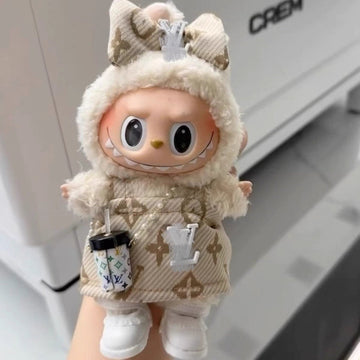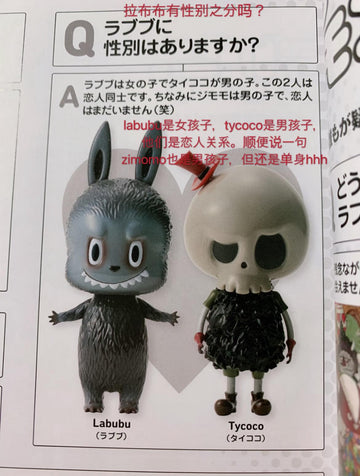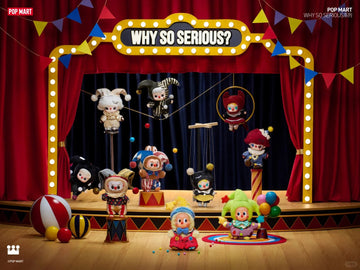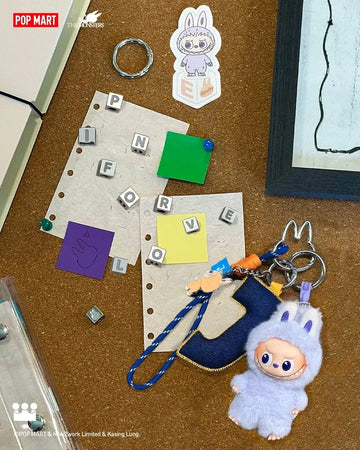You’ve seen them dangling from celebrity bags, flooding your TikTok feed in massive unboxing hauls, and causing crowds of thousands to line up before dawn. They are Labubu toys, the whimsical, buck-toothed monster figures from Chinese retailer Pop Mart, and they’ve taken the world by storm.
But with this popularity comes a hefty price tag, both at retail and especially on the secondary market. A single small figure can sell out in minutes, and rare editions can fetch hundreds of dollars. So, what’s behind the frenzy? Why is Labubu so expensive? The answer lies in a brilliant mix of scarcity, psychology, and artistic value.

The Thrill of the Chase: The Blind Box Strategy
At its core, Pop Mart’s success is built on the “blind box” model. When you buy a Labubu, which typically costs between $20 and $30, you don’t know which character from a specific series you’re getting. This creates an immediate sense of mystery and excitement.
The odds are even part of the appeal. For many series, there are six regular figures and one hidden "secret" character you only have a 1 in 72 chance of finding. As psychology professor David Bosch explains, this turns the purchase into an "experience, not a product," closely resembling the anticipation of a gamble. The low cost of being "wrong" (you still get a cute toy) encourages fans to keep buying in hopes of landing the one they want or, even better, the ultra-rare secret one.

The Power of Scarcity and Demand
Pop Mart has masterfully cultivated a culture of scarcity. New Labubu releases are known to sell out online within minutes, and physical store drops see fans lining up for hours, sometimes by the thousands. This intense demand, coupled with limited supply, is a classic economic recipe for high value.
This hype is amplified by a massive social media presence. Celebrity endorsements from stars like Madonna and BLACKPINK's Lisa, along with a constant stream of viral unboxing videos, create powerful social proof. Seeing others participate in the craze makes new fans want to join in, further driving up demand and solidifying Labubu's "hard-to-get" status.

More Than a Toy: The Value of Artist IP
A crucial factor in Labubu’s price is that it isn’t just a toy—it’s a piece of art. Labubu is part of "The Monsters" series, created by Hong Kong-based artist Kasing Lung.
Pop Mart’s business model is heavily focused on collaborating with artists to create exclusive intellectual property (IP). In fact, over 85% of the company's revenue comes from these unique, artist-driven products. This elevates Labubu from a simple plastic figure to a "designer toy" or "art toy," imbuing it with the creator's artistic credibility and vision. You aren’t just collecting a monster; you’re collecting a Kasing Lung piece.

The Booming Resale Market
The combination of blind box rarity, intense demand, and limited supply has created a red-hot secondary market. If you can’t find the Labubu you want at retail, your only option is to turn to resale sites like eBay and StockX.
On these platforms, prices skyrocket. Common figures sell for double or triple their retail price, while full cases and rare "secret" editions can be listed for hundreds of dollars. This booming resale market reinforces the idea that Labubu toys are not just collectibles, but valuable assets, adding another layer to their "expensive" reputation.

The Verdict: A Perfect Storm of Value
Labubu toys are expensive because Pop Mart has created a perfect storm. They've combined the addictive, game-like nature of blind boxes with the exclusivity of limited-edition art. By fostering a community of passionate collectors and leveraging viral social media trends, they’ve manufactured a level of demand that far outstrips supply.
When you buy a Labubu, you’re paying for the thrill of the hunt, the scarcity of the item, the vision of the artist, and the status of owning a piece of a global phenomenon.




